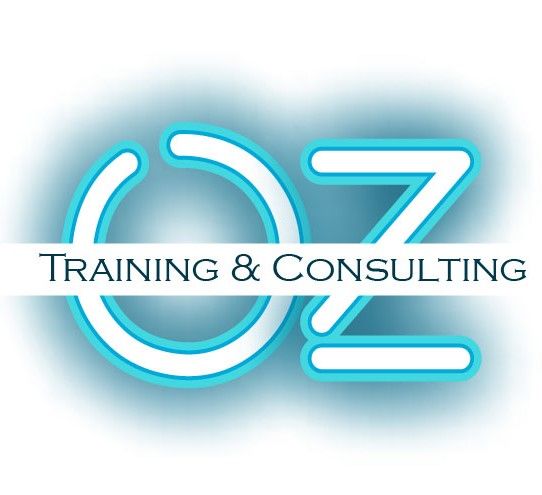Empowering Your Workforce: Continuous Learning Strategies
OT
The Importance of Continuous Learning
Staying competitive in the contemporary business world requires rapid change. Today, we treat learning as an ongoing and never-ending endeavor. Companies can increase workforce productivity and innovation by creating an environment that encourages continuous learning. Having a system in place for continuous education will allow employees to remain current with developments in the workplace, learn new skills for more versatile job performance, and adapt better to work roles.

Fostering the Culture of Learning
Everything begins with the leadership of an organization which establishes the basic values and principles that govern the entity. Leaders and key decision-makers must be actively involved in training sessions as these motivate employees and give emphasis to continual learning. Be sure to Acknowledge that employers must encourage supervision to engage in learning activities.
Organizations can also foster learning by giving attention and appreciation to the interests of their employees. This can be achieved through awards, prizes, or even promotion. Companies that appreciate learning create an environment where employees are encouraged to learn.
Implementing Effective Learning Strategies
Adapting to the changing needs of your employees will allow you to use micro-learning techniques. Short, targeted learning sessions, or micro-learning, breaks the standard learning monotony and provides a focused approach to enhancing skill sets for the busy schedule of today's employees.
These small, focused sessions can be used to explain concepts and skills that are difficult to learn in one sitting. Supplementing workshops, courses, and traditional classrooms will provide all employees with the required resources needed for their skeletal learning. Another strategy is to use a mixture of non-traditional and traditional training so that all types of learners can benefit from their preferred method. This company-wide initiative will ensure that your goal of constant business improvement is met.

Leveraging Technology for Continuous Learning
Every day on the technological front brings new advancements. eLearning systems and mobile app solutions for corporate training are now available to the business world. These systems let employees learn at their own pace, and allow for an unlimited availability of resources.
Apart from that, powerful analytics tools can track and show how an employee is progressing and participating in the training. This information gives the business the opportunity to make specific changes to their training programs which leads to a better ROI.
Encouraging Peer-to-Peer Learning
An organization aiming to instill a culture of learning can greatly benefit from peer to peer learning. Employees can be motivated to share their lessons which establishes an environment where learning becomes collaborative and not individual.
You can create a mentorship program or a knowledge exchanging forum. These will build and help develop skills while improving the teams and creating an atmosphere of belongingness among the people in the company.

Measuring the Impact of Continuous Learning
To make continuous learning strategies successful, it’s crucial to measure their impact. Start by setting clear goals and key performance indicators (KPIs) to track progress and evaluate results. Regularly review these metrics to spot areas for improvement and make adjustments as needed.
By assessing how well learning initiatives are working, companies can ensure they’re offering valuable experiences that foster employee growth and contribute to overall organizational success.
The Long-Term Benefits of Empowered Employees
Empowering your workforce with continuous learning not only helps individual employees grow, but also drives the overall success of your organization. A well-educated team is more adaptable, innovative, and better equipped to solve complex problems. This leads to greater efficiency and a stronger competitive edge in the market.
Investing in your employees' development shows that you’re committed to their future, which helps build loyalty and reduce turnover. In the end, by focusing on continuous learning, companies can create a skilled and motivated workforce ready to tackle any challenges that come their way.
